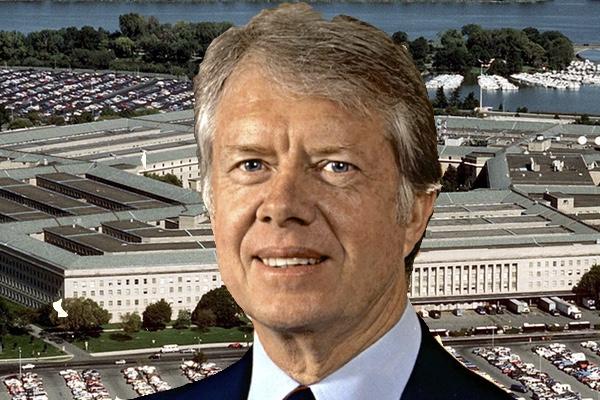
The former Georgia governor presided over the largest peacetime increase in the military budget in U.S. history and inspired the growth of Islamic terrorism by arming the Afghan mujahadin in order to provoke a Soviet invasion of Afghanistan.
The media predictably sugarcoated Jimmy Carter’s record following his passing on December 28, 2024.
The New York Times obituary, for example, heralded Carter for being a “peacemaker,” highlighting his role as president in helping to broker the Camp David accords between Israel and Egypt and his signing of the SALT II treaty with the Soviet Union that placed caps on the number of nuclear bombers and missiles each country could produce.[1]
The Times piece characteristically left out that Carter was at his core a Cold War hawk who helped revitalize the American empire in the wake of the Vietnam War, restoring its liberal veneer by cloaking U.S. foreign policy in the rhetoric of human rights.
Robert Gates, former CIA Director and Secretary of Defense under George W. Bush and Obama, noted that “the Carter administration waged ideological warfare on the Soviets with a determination and intensity that was very different from its predecessor by attacking the legitimacy of the Soviet government in the eyes of its own people.”[2]
The phoniness of Carter’s human rights rhetoric was apparent in that seventy five percent of U.S. security assistance during his administration went to countries notorious for human rights violations, including Saudi Arabia which was sold M-60 tanks and laser guided bombs as private companies staffed by ex-Green Berets like the Vinnell Corporation trained its National Guard.[3]
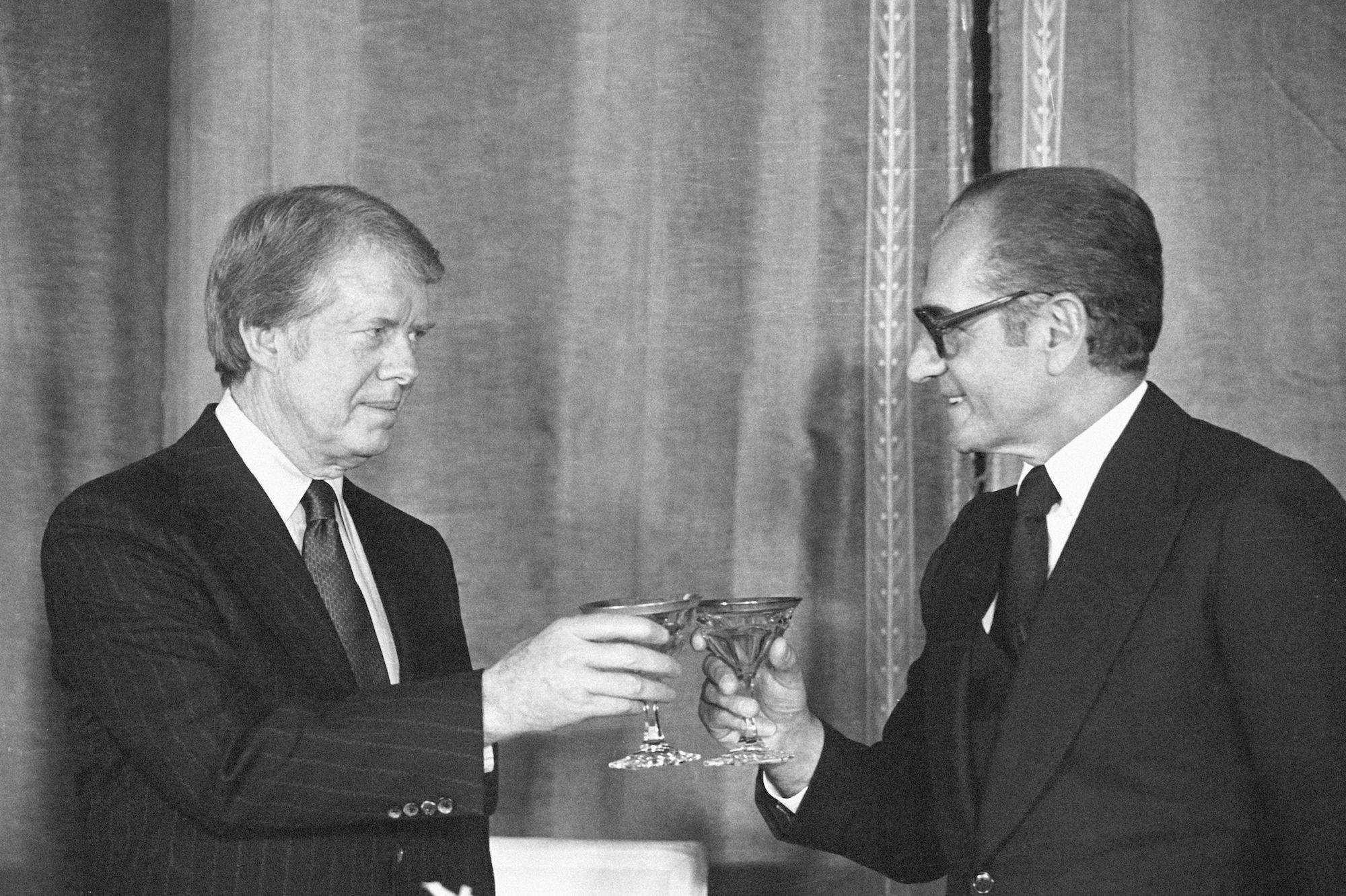
Under pressure from right-wing lobbies like the Committee on the Present Danger, Carter further presided over the largest arms build-up in peacetime in U.S. history. He also supported the so-called Revolution in Military Affairs (RMA), in which the U.S. military developed new high-tech weapons systems that would be used to wage the imperial wars of the 21st century.[4]
The First Neo-Liberal President—and a Puppet of the Trilateral Commission
A wealthy land and agribusiness owner, Carter was part of the New Democrats, who wanted to push the party to the center after the more liberal George McGovern’s defeat in 1972.
His administration was dominated by members of the Trilateral Commission, an executive advisory committee to trans-national finance, which envisioned a tri-polar world order led by the United States, Germany and Japan, and wanted to return to the days when Harry Truman had been able to govern the U.S. with the cooperation of a relatively small number of Wall Street lawyers and bankers.[5]
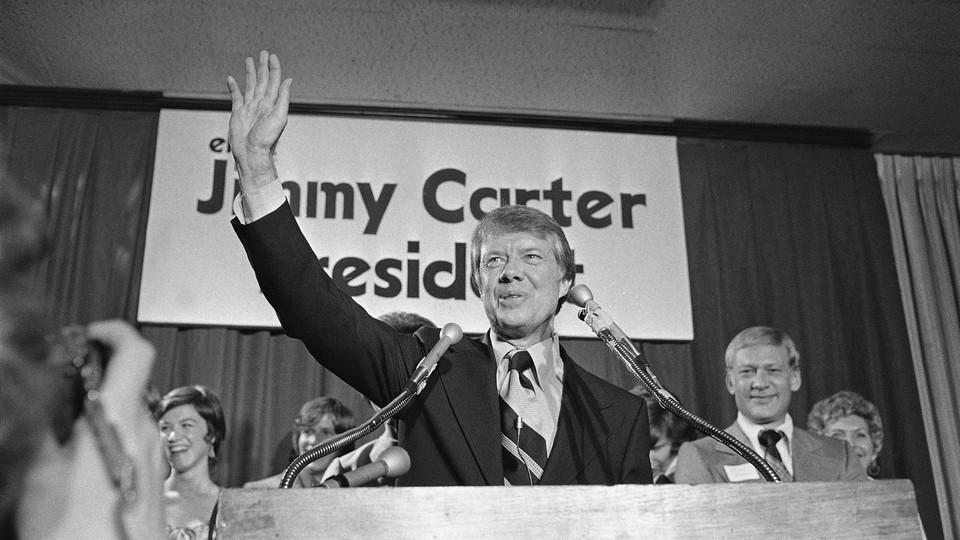
Carter himself was always enthralled by military gadgetry, having been trained by the Navy under Hyman Rickover, and he apparently loved to examine the blueprints of the military’s latest spy satellites.


As Governor of Georgia, Carter had supported Nixon’s bombing of North Vietnam, and had urged people to flash their headlights in solidarity with Lt. William Calley after the My Lai massacre.
His close ties with Lockheed Martin, Georgia’s top employer alongside Coca-Cola, was exemplified by his taking a three-week trip through Latin America aboard a Lockheed plane.
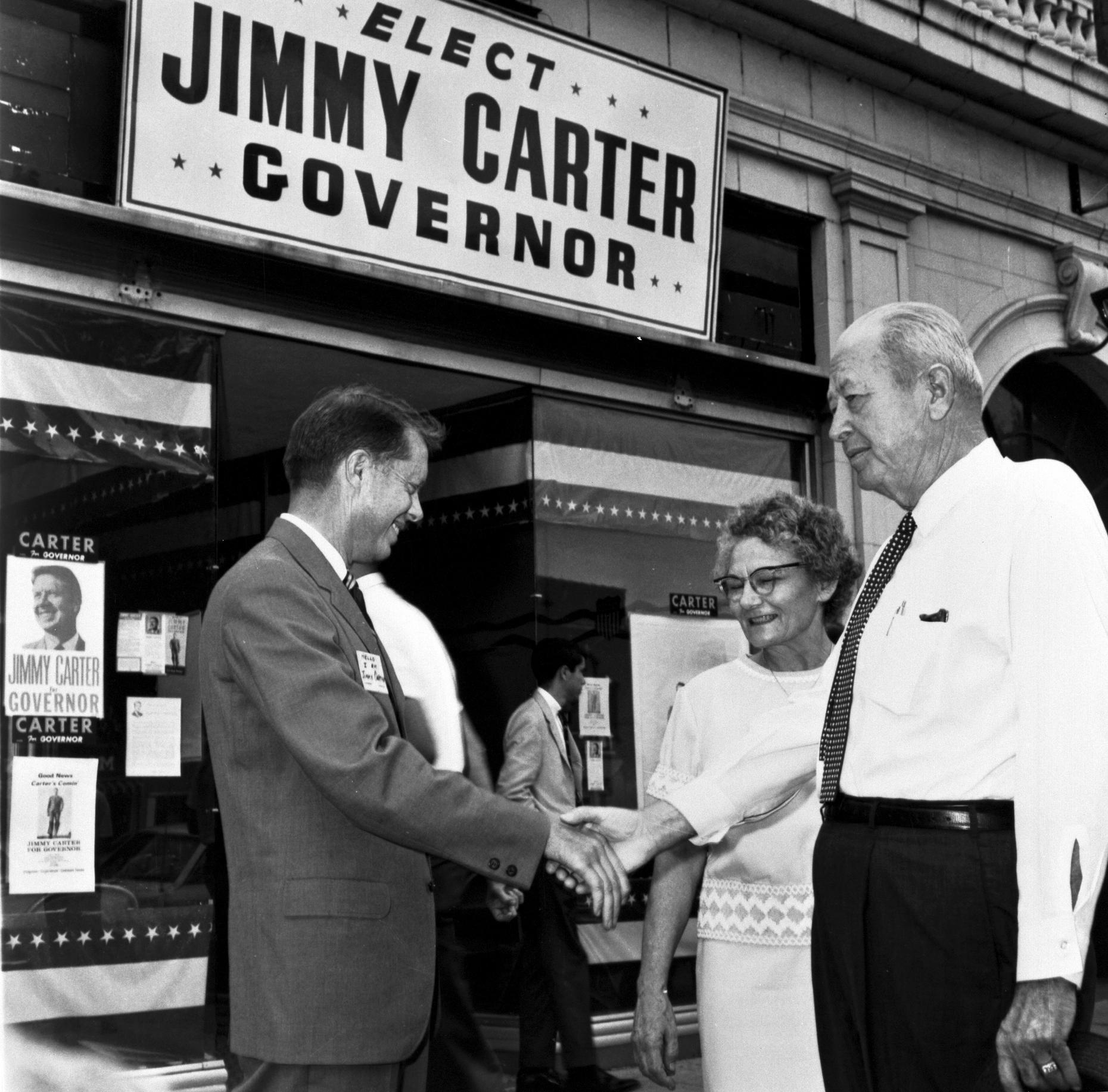
Carter’s chief domestic adviser called him the first “neo-liberal president,” fiscally moderate and socially progressive.
Many of his economic policies, including deregulation of the trucking, oil and banking industries, lifting oil price controls, free trade, and support for right-to-work legislation helped to advance corporate power.[6]
Carter’s closest adviser, Zbigniew Brzezinski, was a Rockefeller protégé and ardent Russophobe who made the case for the Vietnam War on CBS television.
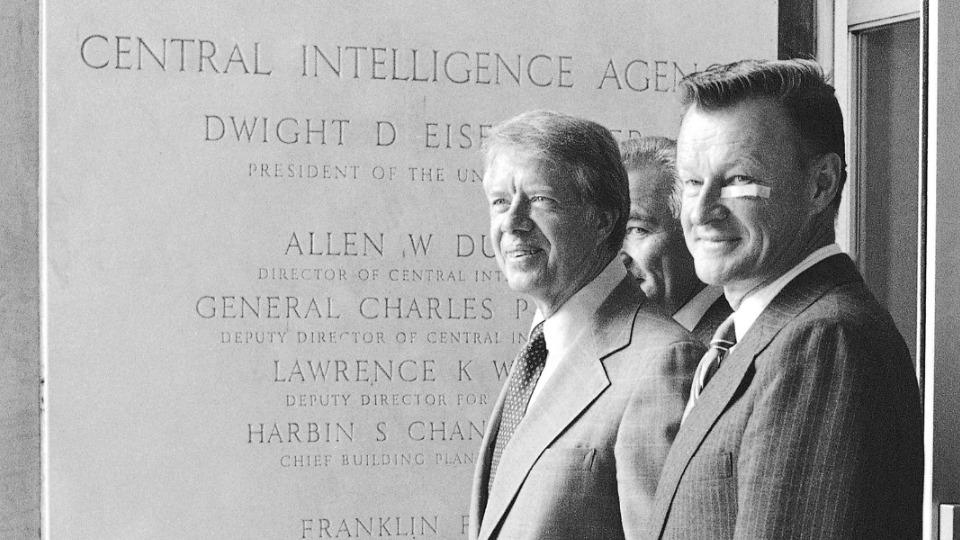
In 1956, Brzezinski co-wrote Totalitarian Dictatorship and Autocracy (1956) with Carl Friedrich, which essentially presented the Soviet Union as an evil empire, while another of his books, Between Two Ages: America’s Role in the Technetronic Era (1970), considered the acceleration of production owing to growing scientific and technical knowledge as crucial to consolidating a tri-polar world order led by the U.S.

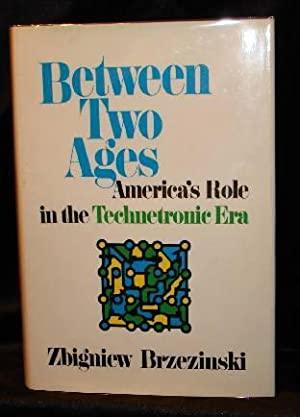
Inducing the Soviets’ Vietnam
Considering the New Left movement as an “infantile disorder,” Brzezinski was a key driver behind U.S. policies in Afghanistan, believing that the U.S. should help facilitate an “Islamic arch” in the Middle East to counter Soviet regional influence.
In a January 15-21, 1998, interview headlined “How Jimmy Carter and I Started the Mujahideen” in the weekly French magazine Le Nouvel Observateur, Brzezinski confessed:
“According to the official version of history, CIA aid to the Mujahideen began during 1980, that guarded until now, is completely otherwise: Indeed, it was July 3, 1979, that President Carter signed the first directive for secret aid to the opponents of the pro-Soviet regime in Kabul. And that very day, I wrote a note to the president in which I explained to him that in my opinion, this aid was going to induce a Soviet military intervention.” “[T]he Red Army rolled into the country on December 24, 1979.”
Asked 20 years after this Big Lie was spread and tens of thousands of lives were lost “You don’t regret anything today?” Brzezinski replied: “Regret what? That secret operation was an excellent idea. It had the effect of drawing the Russians into the Afghan trap, and you want me to regret it? The day that the Soviets officially crossed the border, I wrote to President Carter: We now have the opportunity of giving to the USSR its Vietnam war. Indeed, for almost 10 years, Moscow had to carry on a war unsupportable by the government, a conflict that brought about the demoralization and finally the breakup of the Soviet empire.”
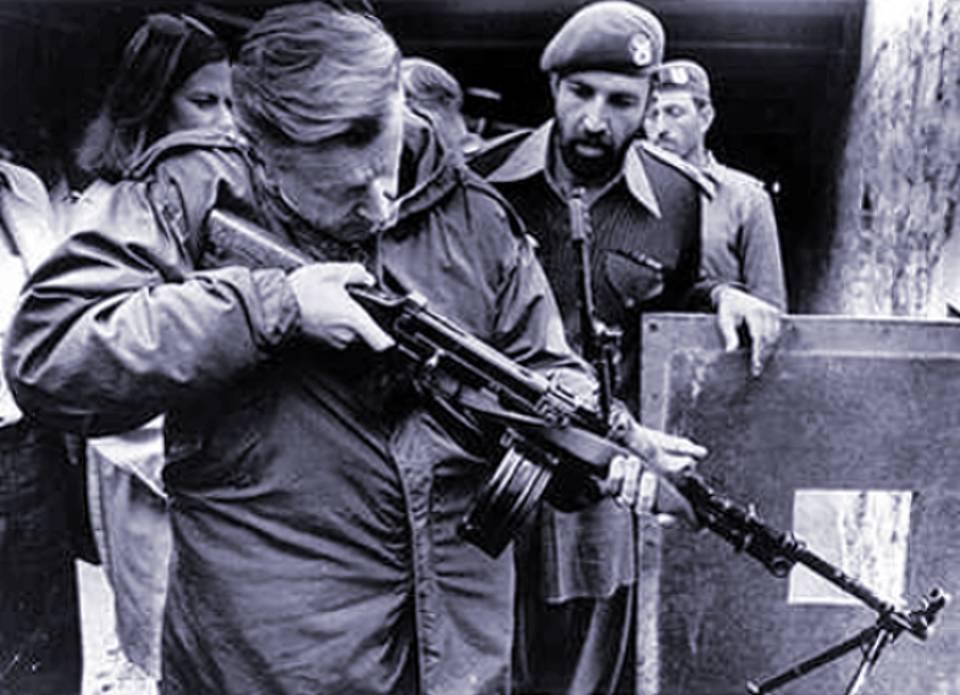
When Le Nouvel Observateur pressed the Cold War hawk, asking: “And neither do you regret having supported the Islamic [fundamentalists], having given arms and advice to future terrorists?” Brzezinski responded: “What is most important to the history of the world? The Taliban or the collapse of the Soviet empire? Some stirred-up Moslems or the liberation of Central Europe and the end of the Cold War?”
Double Standards of Carter’s Human Rights Foreign Policy
Carter was an important figure in co-opting the human rights consciousness of the 1970s to serve the purposes of U.S. imperial power.
Noam Chomsky wrote that Carter’s administration used human rights as a mechanism for restoring public faith in American benevolence and supporting a more “activist foreign policy” and “surge in high-tech armaments reminiscent of the early days of John F. Kennedy.”[7]
This goal was achieved primarily by using a human rights discourse to condemn communist and revolutionary governments and insurgent movements opposed by the United States, alongside the adoption of the new technologies which could in theory render war politically costless and humane.
While Carter followed through on some aspects of his human rights rhetoric, he sustained U.S. support for some of the most odious dictatorships on the planet that upheld perceived U.S. strategic interests and opened their countries up to U.S. foreign investors.
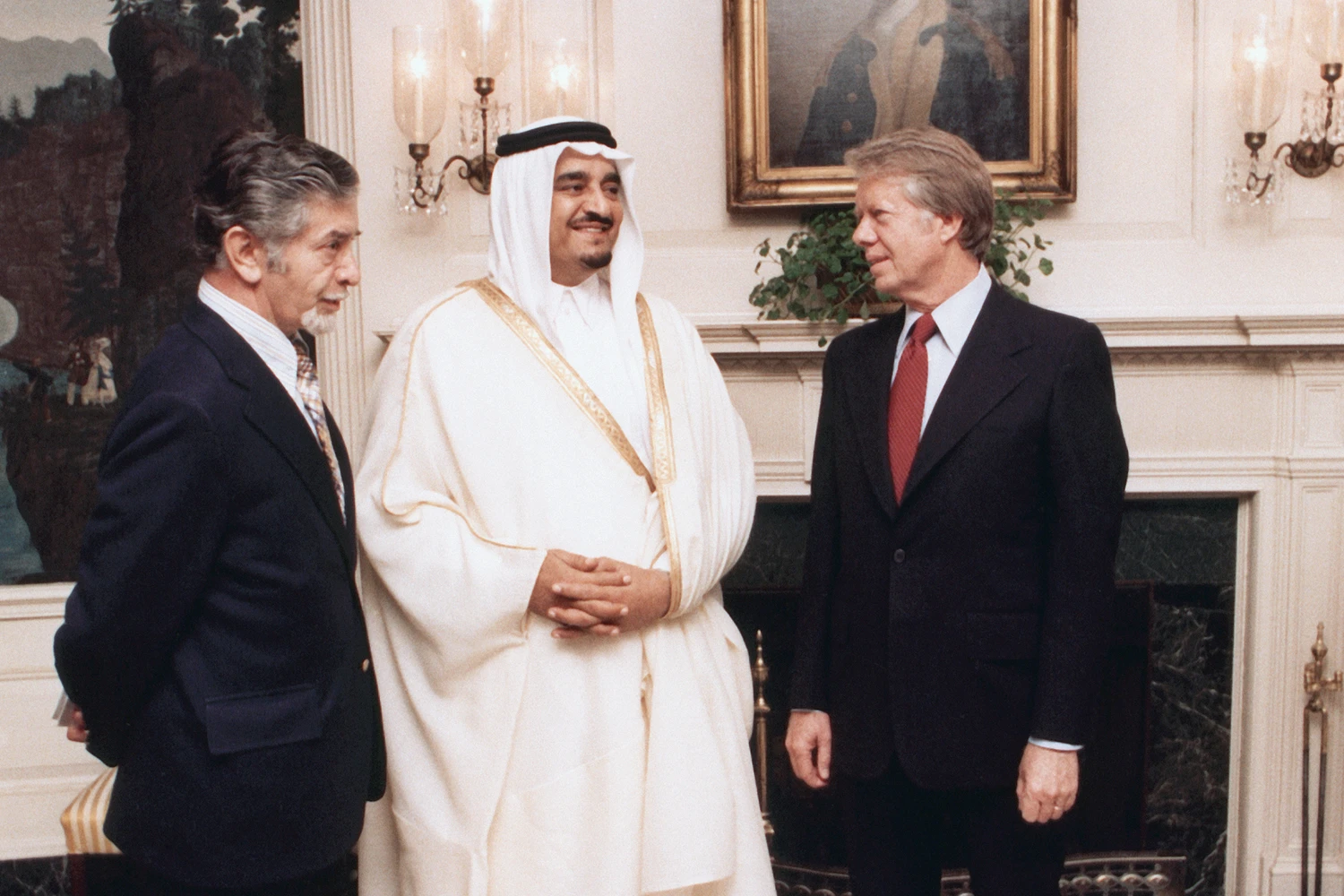
When Senator James Abourezk (D-ND) tried to arrange a “truth for hostages” agreement with Abolhassan Bani Sadr, the Chairman of Iran’s Revolutionary Council, that would have allowed for the release of hostages taken at the U.S. embassy in return for the Senate holding hearings on U.S. support for the Shah, Carter blocked the deal and the hostage crisis dragged on for more than a year.
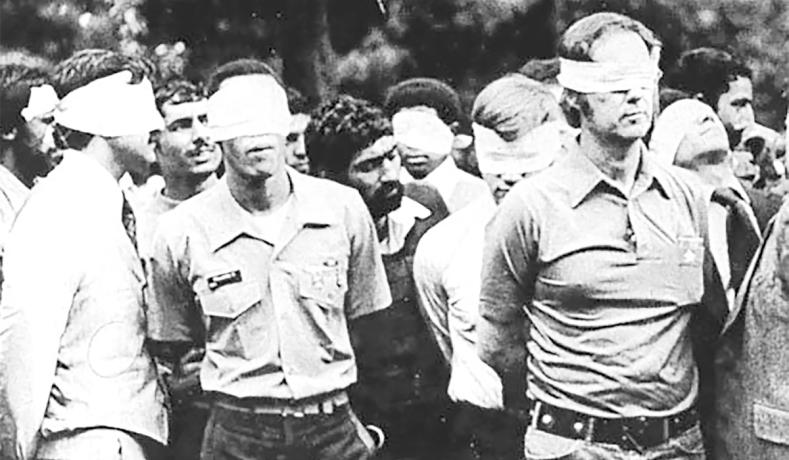
Carter’s administration provided the Shah—whose torture chambers are now commemorated in a museum—at least $12 billion worth of high-tech weaponry.
The Carter administration also sold Egypt RPVs, and equipped Filipino dictator Ferdinand Marcos, the Moroccan King, Omani Sultan, Thai security forces who massacred student demonstrators and Pol Pot’s Kampuchean resistance forces [ie. the Khmer Rouge] after they had been expelled by Vietnam (Zbigniew Brzezinski considered the Vietnamese “illegal occupiers”).
When asked in 1977 if the U.S. had a moral obligation to help rebuild Vietnam, Carter—who sustained a harsh economic embargo—responded that “the destruction was mutual. You know, we went to Vietnam without any desire to capture territory or to impose American will on other people. We went there to defend the freedom of the South Vietnamese. And I don’t feel that we ought to apologize or to castigate ourselves or to assume the status of culpability.”
Carter betrayed his human rights pledge further when, after the triumph of the Sandinista socialist revolution in Nicaragua, he authorized CIA funding for resistance forces that provided the genesis of the Contras (counter-revolutionary) led by the old dictator’s National Guard who would terrorize Nicaragua throughout the 1980s.[8]
The Carter administration further provided at least $15 million in military supplies to Congolese dictator Joseph Mobutu to help him crush a secessionist rebellion backed by Angolan leftists in the diamond rich Shaba (Katanga) Province, which produced cobalt and tantalum used in the manufacture of smart weapons and RPV.[9]
In Angola, President Carter, made a deal to provide right-wing National Union for the Total Independence of Angola (UNITA) forces—led by the notorious warlord Jonas Savimbi—with 800 tons of weapons to fight against the new popular left-wing government in battles which included conventional warfare, air attacks, and raids on Southwest Africa People’s Organization (SWAPO-Nambian freedom fighters) refugee camps, as well as a massacre at Kassinga in 1978 where U.S.-backed forces killed 800 people.
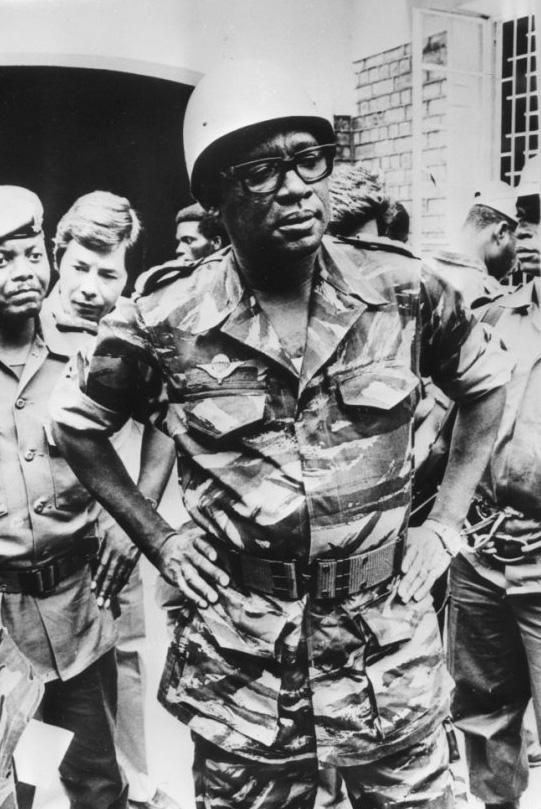
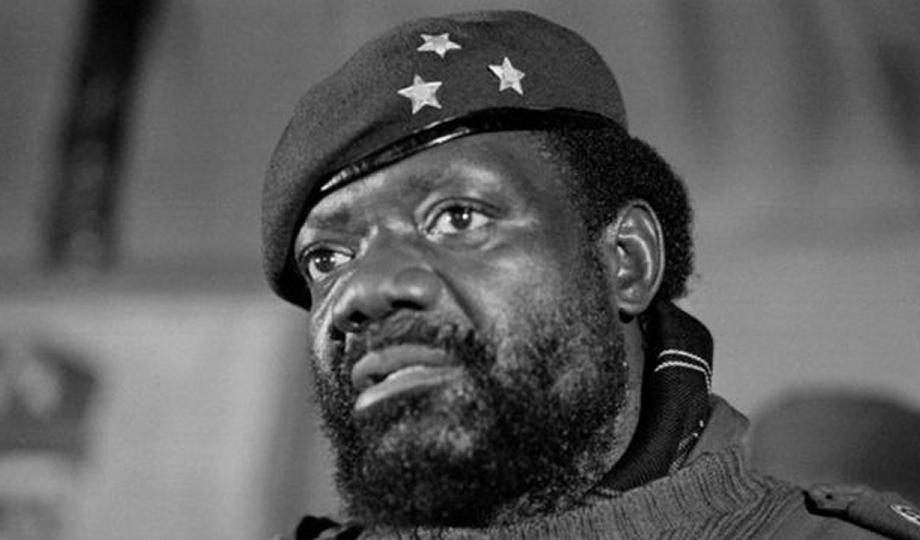
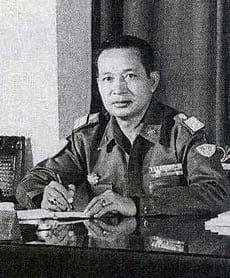
In late 1977, when the Indonesian government led by General Suharto was running out of military equipment, Carter’s administration authorized a dramatic increase in arms sales. Over the next several months, the Carter White House approved sales of fighter jets and ground-attack bombers to Suharto’s military, which employed them in East Timor to bomb and napalm the population into submission.
An Australian parliamentary commission would later characterize the period as one of “indiscriminate killing on a scale unprecedented in the post-World War II history.”[10]

In March 1980, San Salvador Archbishop Óscar Romero sent a letter to Carter pleading with his administration to stop sending military equipment and advisers to the Salvadoran military, which, he said had the effect of “making more acute the ‘injustices and repression against those groups who have often strived to obtain respect for their most fundamental rights.”
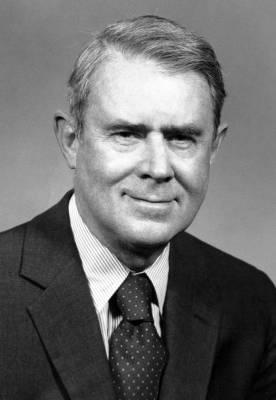
Secretary of State Cyrus Vance responded by claiming that the “revolutionary junta” was “moderate and reformist” and that military aid was helping professionalize the armed forces and the government “to defend and carry forward its program of reform.” By the end of the month, Romero would be killed with the complicity of the “reformist” military officers equipped by the “human rights” president as El Salvador descended into civil war.
As the Matanza in El Salvador was unfolding, the Carter administration oversaw one of the greatest military base construction efforts in history, adding U.S. bases in Egypt, Oman, and Saudi Arabia.
He further created a rapid mobility force to the Middle East to stand guard over petroleum supplies as part of the “Carter doctrine,” a change away from dependence on the Shah and Saudis as regional gendarmes.
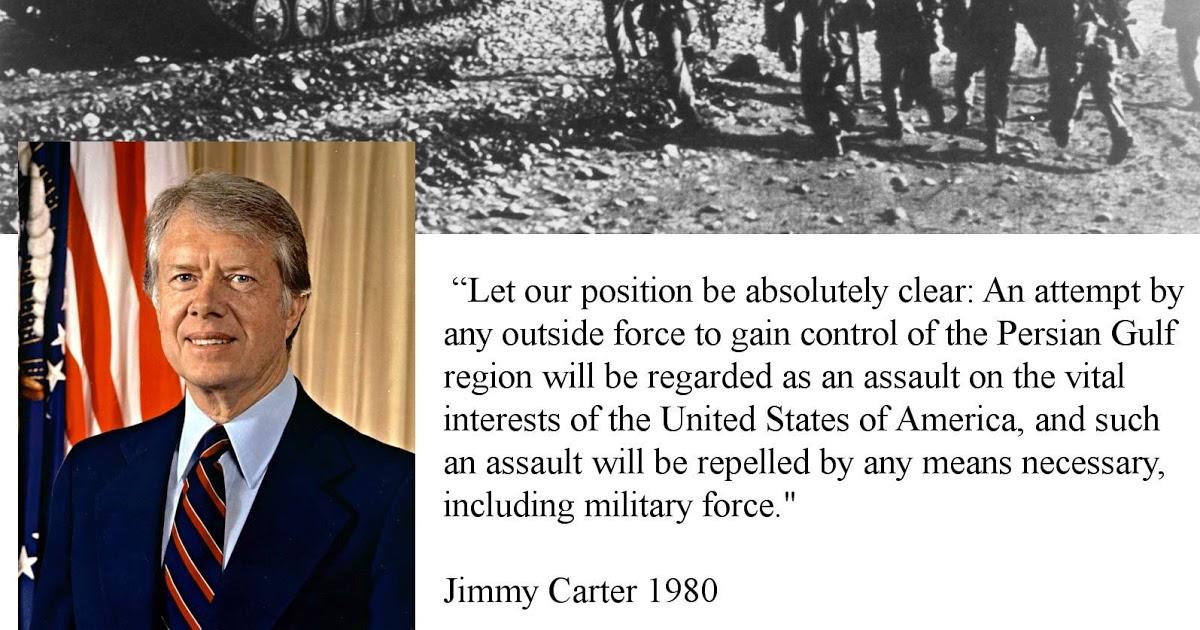
The Carter administration at the same time equipped General Ne Win’s military in Burma under the rubric of the War on Drugs, and enacted an aerial spraying campaign in Mexico using the herbicide 24-D, manufactured by Dow Chemical, which, according to a study carried out by the World Health Organization (WHO), probably causes cancer.[11]

The Carter administration additionally a) provided a billion in annual military aid to Israel even when it had violated written assurances it would not use cluster bombs in southern Lebanon after they had been used on a Palestinian refugee camp; and b) essentially gave a green light to South Korea’s generals to use military force against the huge student and worker demonstrations (known as the Gwangju uprising) that rocked the country in the spring of 1980.
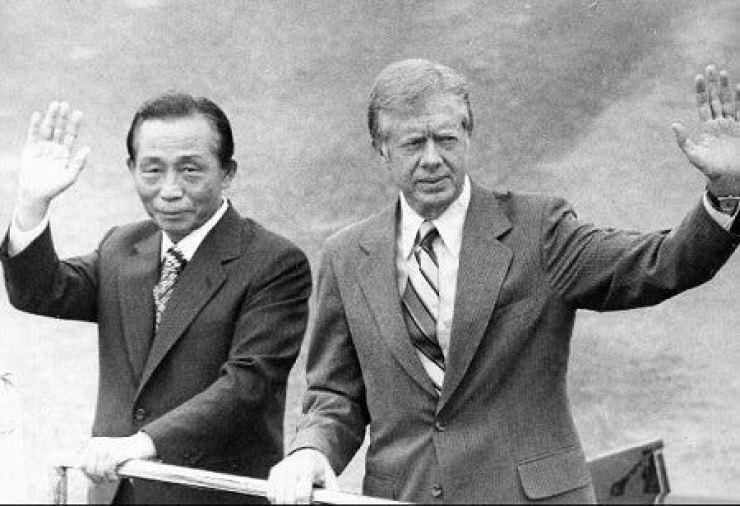
“No Bias Against Covert Action:” Carter and the CIA
Carter came to office at a time of deep public disillusionment with the CIA as a result of the exposures of the Church Committee hearings. A number of Democratic Party Congressmen at the time were calling for the CIA’s abolition.
Ever the consummate politician, Carter appeased this latter faction in his party by cutting the CIA’s budget and laying off over 800 CIA operatives, many of them “black operation” executives and counterintelligence officers.[12] However he didn’t shut the CIA’s operations down and did what he did, it appears, in order to save the Agency.
Carter’s appointee as CIA Director, Rear Admiral Stansfield Turner[13], significantly made zealous cold warrior Frank Carlucci his deputy and supported legislation to silence the Agency’s critics.
Turner also began U.S. intelligence’s misappropriation of computer software developed by NSA staffer Bill Hamilton to support electronic surveillance of wire transfers and letters of credit through the banking sector, hence enabling money laundering operations.[14]
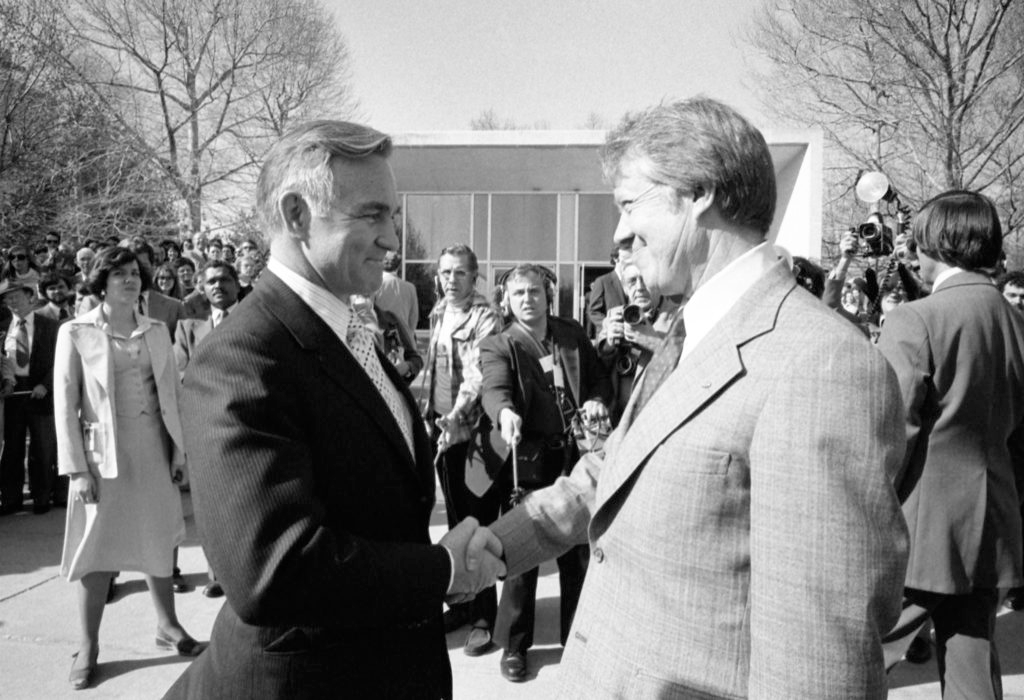
Turner’s New York Times obituary called him a CIA Director who “confronted communism,” and said that the CIA, with the approval of Carter and Zbigniew Brzezinski, “mounted covert actions [under Turner’s direction] aimed at Moscow, Warsaw and Prague, printing and distributing magazines and journals in Poland and Czechoslovakia, circulating the written work of dissidents in the Soviet Union, placing fax machines and tape cassettes in the hands of people behind the Iron Curtain.”
The Times also mentioned Turner enacting a covert operation to undermine the left-wing Sandinista government in Nicaragua, which was expanded upon by the Reagan administration.
In an interview after his retirement, Turner said that “lots of people think President Carter called me in and said, ‘clean the place up and straighten it out.’ He never did that. From the very beginning he was intensely interested in having good intelligence. He wanted to understand the mechanisms — from our satellites to our spies to our methods of analyzing what was happening. He was extremely supportive of the intelligence operations.”
Turner added: “The Carter administration had no bias against covert action.”[15]
Carter and Support for the Revolution in Military Affairs
Following the end of the Vietnam War, the Pentagon had embarked on a crash program to revitalize its fighting forces and to incorporate new technologies fit for the information age to ensure greater military efficiency while transitioning to an all-volunteer force.
Proponents of the so-called Revolution in Military Affairs (RMA), including prominent military defense intellectuals like Albert Wohlstetter and Andrew Marshall, believed that new precision-guided weapons and a reinvigoration of air-power supremacy could help the United States to maintain its global hegemony after Vietnam by decisively defeating its enemies with reduced manpower expenditure and limited “collateral damage.”
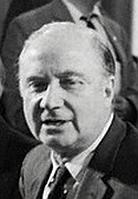
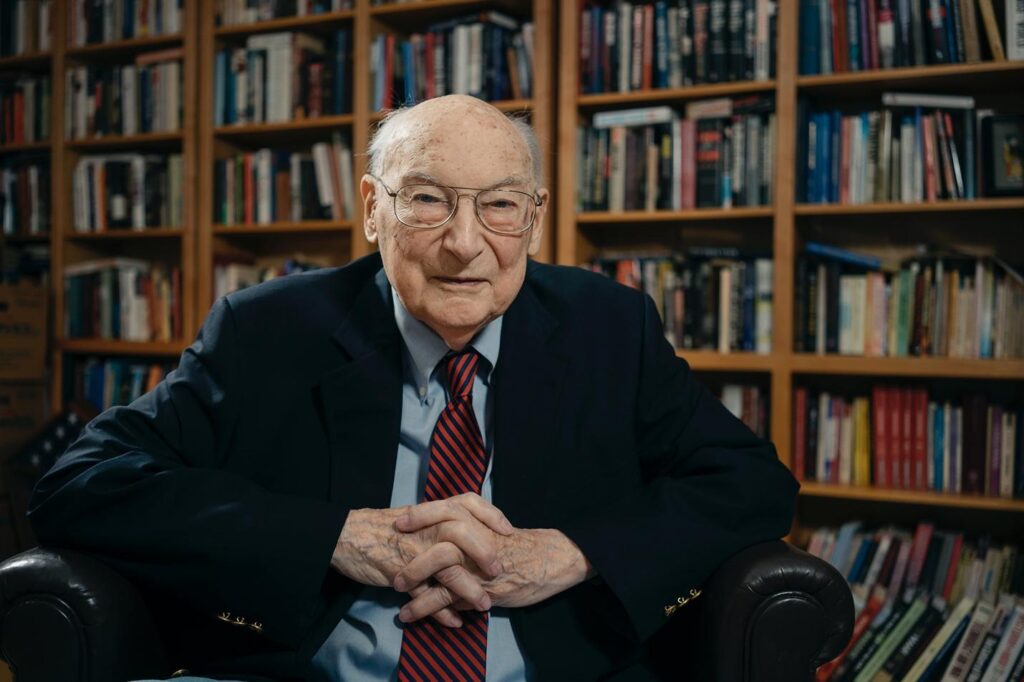
Carter signaled his endorsement of the RMA when he appointed Harold Brown, the former Air Force Secretary during the Vietnam War and President of California Institute of Technology, as Defense Secretary.
A prodigy who obtained his physics doctorate at the age of twenty-one, Brown had belonged to an elite group of scientists associated with the University of California, Berkeley, Radiation Laboratory at Livermore as well as Cal Tech and the Defense Department and Air Force who possessed an “almost religious-like devotion to the Cold War arms race,” as historian David Noble put it.
Possessing a tremendous talent for details relating to technical and budget issues, Brown had championed defoliation and jet fighter innovations during the Vietnam War and biological warfare testing and pushed for an escalation of the bombing of North Vietnam “without concern for civilian casualties,” according to the Pentagon Papers.[16]
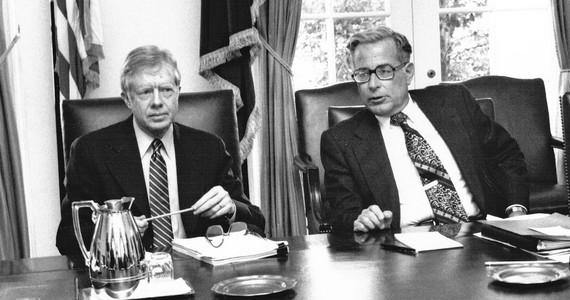
Under Brown’s direction, the Pentagon invested heavily in the development of laser-guided bombs, space-based satellite systems and fighter planes equipped with complex avionics systems consisting of large radars to detect enemy planes and computerized fire-control systems.
Funding for missiles increased $485 million or 63.5%, leading to the development of the Patriot Air Defense Missile system which gained fame in the Persian Gulf War, along with tube-launched, optically tracked, wire-guided (TOW) anti-tank and “Tomahawk” cruise missiles built by General Dynamics which were accurate within a 100-foot range from 1,500 miles and possessed on-board computer guidance systems that allowed it to duck around hills and make necessary course corrections while eluding enemy radar.
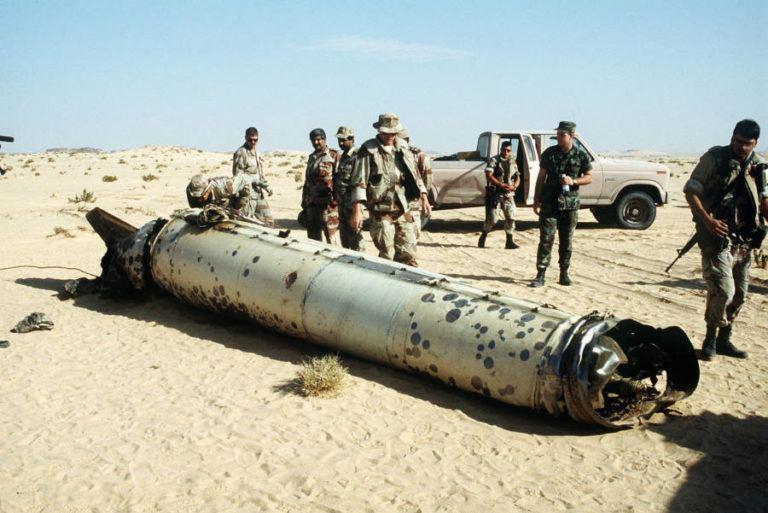
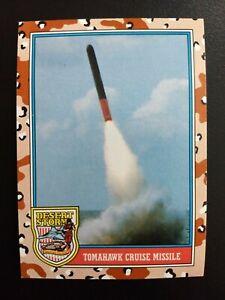
RPVs equipped with TV cameras and a laser designator for target-spotting and sophisticated photo-mapping and communications systems were also advanced, along with Navstar, precursor to the Global Positioning System (GPS) in which satellites circling the Earth at an altitude of 11,000 miles sent out signals allowing users to determine their positions and velocity in three dimensions anywhere in the world under all weather conditions.
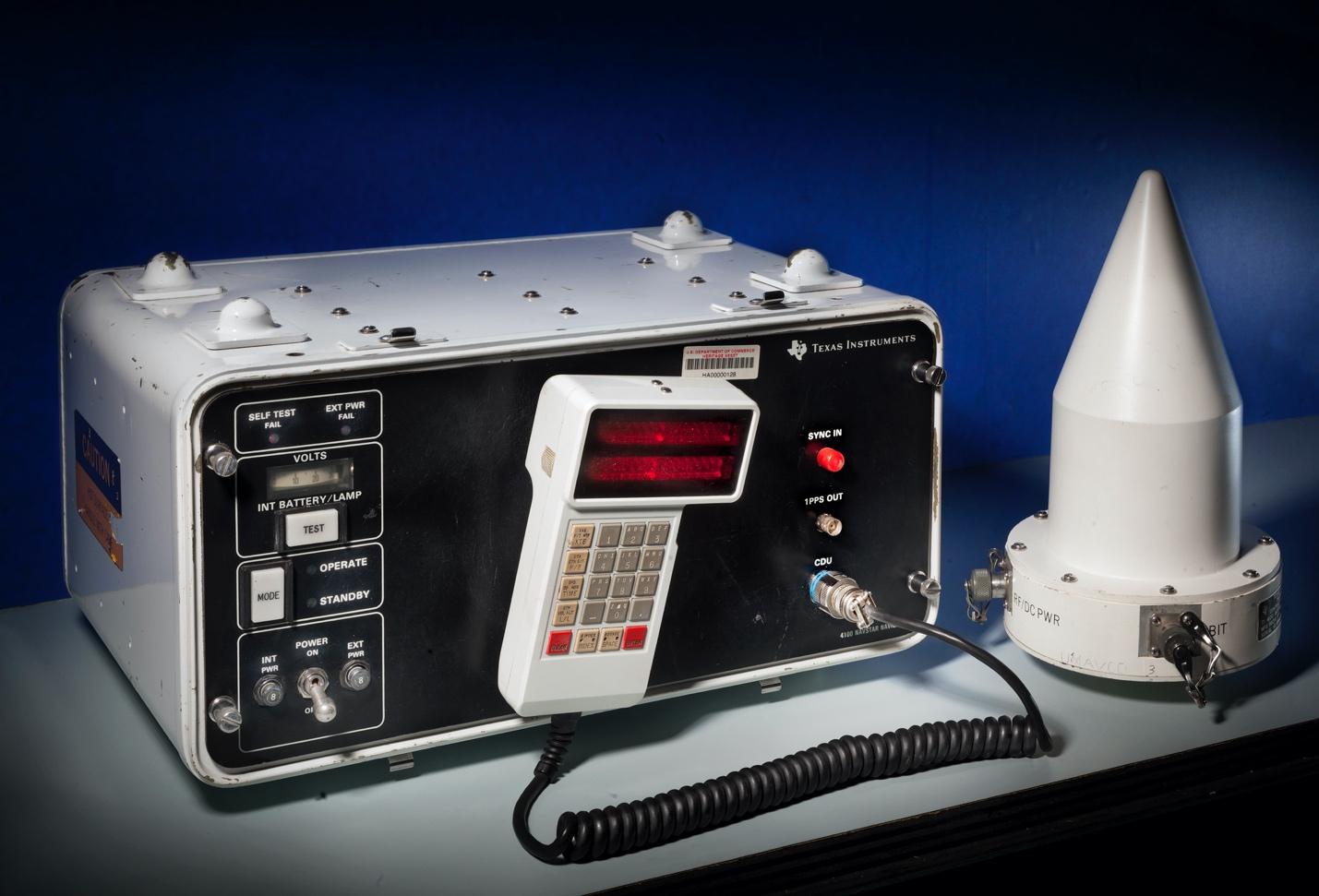
As part of the race to militarize space, the Pentagon even began developing killer satellites capable of hunting down and destroying enemy satellites along with alien spacecraft presumably, as a New York Times reporter joked!
Desert Storm and the Institutionalization of American-Style Techno-War
According to popular mythology, the fruits of Carter’s arms build-up—which was extended considerably by Ronald Reagan—and the RMA were realized during the 1st Persian Gulf War when high-tech weapons systems drove Saddam Hussein’s armies from Kuwait and only 100 American soldiers were killed, mostly from friendly fire.
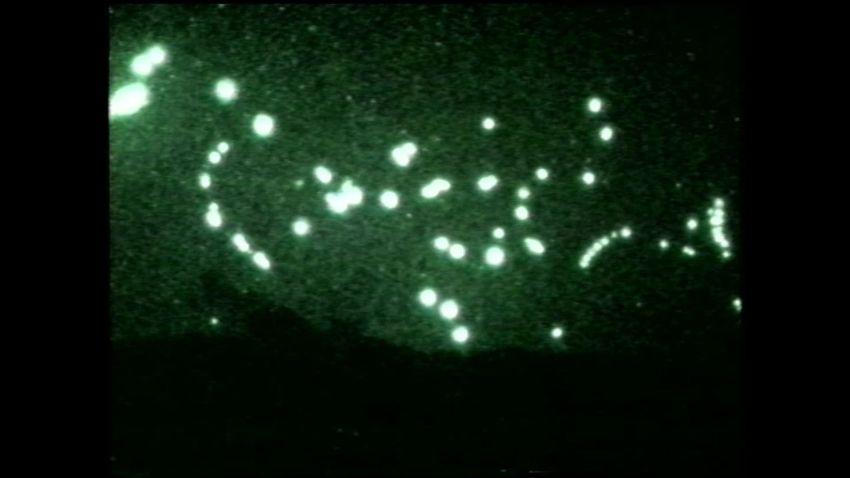
During 1991 congressional hearings on the performance of high technology, Chairman Les Aspin (D-WI) stated that there “had been a revolution in high technology weaponry under way for years,” and that its fruits had been “evident on the battlefield symbolized by precision munitions entering buildings exactly through windows and garages.”
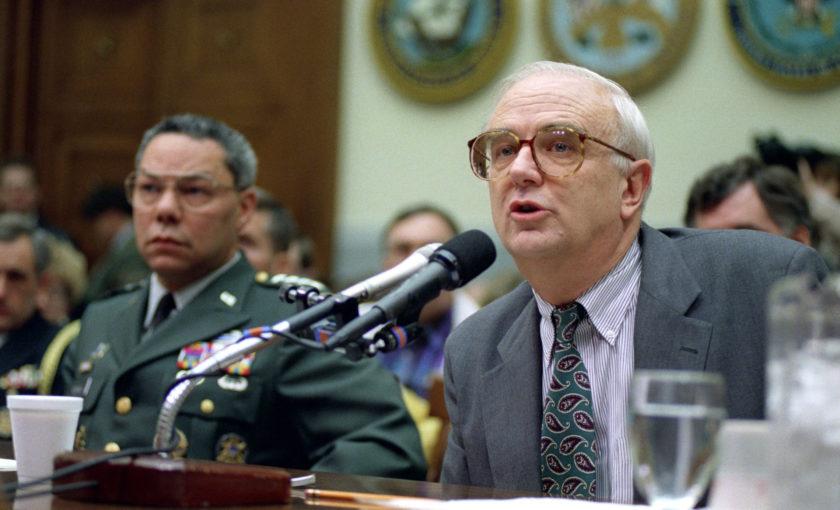
The post-war triumphalism, however, obscured that 100,000 Iraqis were killed, equivalent to the number in eight years of the Iran-Iraq War. Saddam remained in power and the country’s infrastructure was predominantly destroyed, creating a humanitarian catastrophe when economic sanctions were applied and backlash against the United States.
Furthermore, many of the war’s signature weapons—such as Patriot and Tomahawk missiles and F-117 Stealth fighter jets—did not perform well. Laser-guided bombs had a success rate of less than 1.5% in destroying bridges; 70% of bombs generally missed their targets.
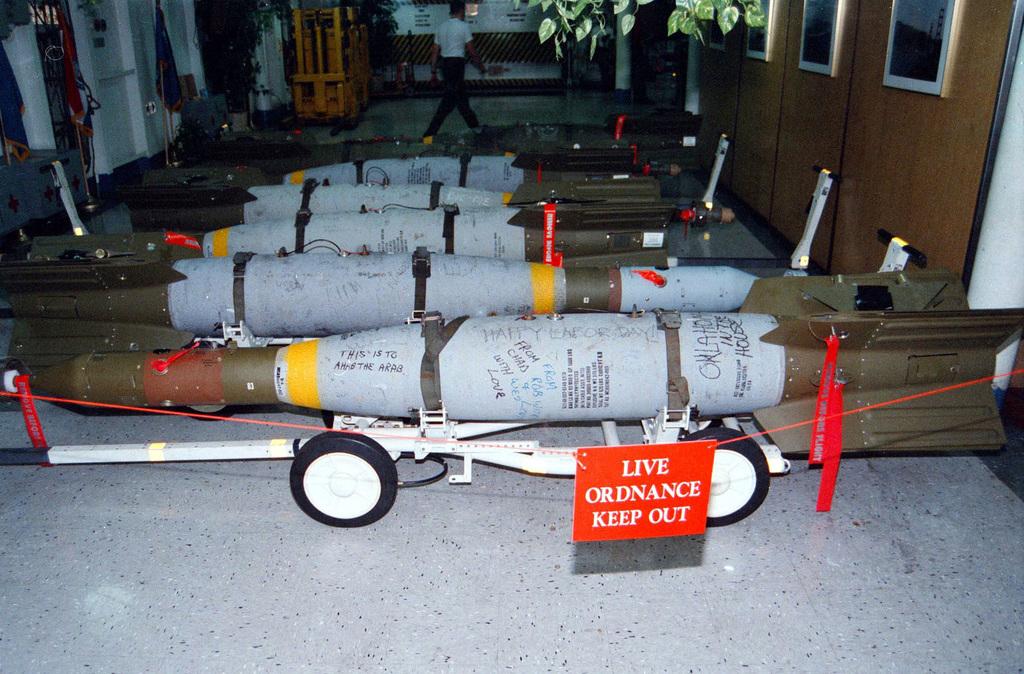
Some 22,000 civilians were killed in Baghdad alone, with Tomahawk missiles striking apartment buildings, a swimming pool and non-military targets because of mis-navigation by their guidance system.
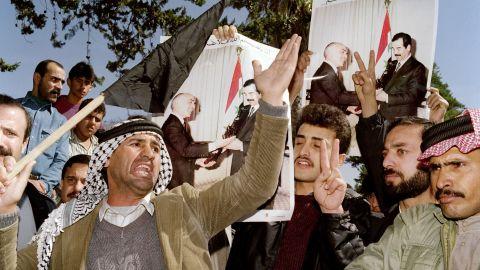
Space-based satellite and drone surveillance and Joint Surveillance Target and Attack Radar System (Joint STARS), which could see some 50,000 square kilometers (19,305 square miles) of terrain below in darkness and bad weather, created data overload and did not prevent intelligence failures like miscounting enemy troops in Kuwait. They also failed to locate mobile Scud launchers in the western Iraqi desert despite their being the highest priority target of the war.
Drawing on deep-rooted cultural fantasies about the transformative effect of technology and ability of super-weapons to vanquish evil, the RMA provided an ingenious means of sustaining America’s global empire at a limited political cost.
Defining an era in which machines were reducing human manpower and solidarity, it built on Vietnam’s electronic battlefield in prioritizing surveillance technologies and computer-driven targeting and precision strikes which made war seem like a pinball video game.
Fred Branfman’s 1972 book, Voices from the Plain of Jars: Life under an Air War, had chronicled the emotional detachment of American pilots and other military personnel engaged in this form of warfare in Laos, a sideshow of the Vietnam War.
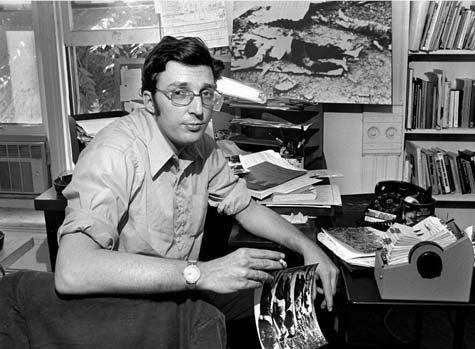
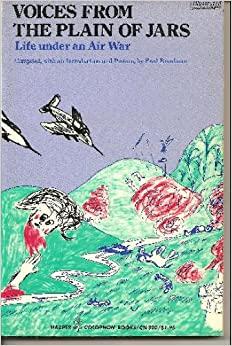
Branfman infiltrated the top-secret Nakhon Phanom Royal Thai Base, which housed giant super-computers in a heavily fortified underground bunker that received signals from electronic sensor and radar devices and were used to select the targets for bombing. The atmosphere inside, he said, resembled a stock exchange, where career-oriented officers ordered attacks on Laotian rice farmers without much second thought.
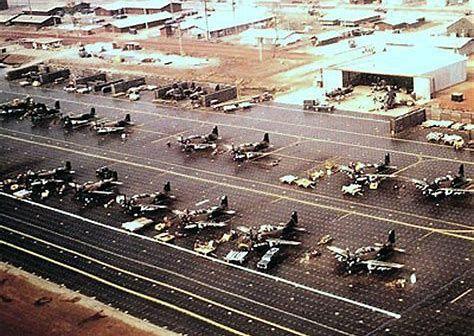
“If the Nazi activities represented a kind of apex to an age of inhumanity, American atrocities in Laos are clearly of a different order,” Branfman wrote. “Not so much inhuman as a-human. The people of Na Nga and Nong Sa were not the object of anyone’s passion. They simply weren’t considered. What is most striking about American bombing in Laos is the lack of animosity felt by the killers to their victims. Most of the Americans involved have little if any knowledge of Laos or its people. Those who do rather like them.”
Jimmy Carter’s presidency should be remembered for helping to institutionalize the kind of warfare described by Branfman in which soldiers functioned as technicians, removed from the scene of battle. In turn, it helped facilitate a perception of American omnipotence and made waging war too easy, leading ultimately to disastrous overreach.
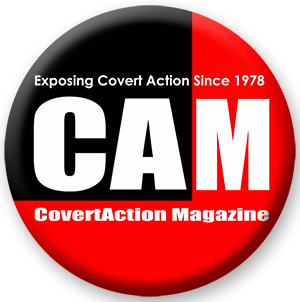
Peter Baker and Roy Reed, “A Peacemaker Who Never Stopped Striving,” The New York Times, December 30, 2024, A1, A16, A17. The Times fails to mention that the Camp David Accords excluded the Palestine Liberation Organization (PLO) from the talks, effectively abandoning the Palestinians to their fate. The Begin government’s main goal was to secure a peace deal with Egypt so they could focus on crushing the Palestinians. ↑
Quoted in Jeremy Kuzmarov, “The Improbable Militarist: Jimmy Carter, the Revolution in Military Affairs and Limits of the American Two Party System,” Class, Race & Corporate Power, 6, 2 (2018) from which much of this article is derived. It includes detailed footnotes and references. ↑
On the cooptation of the human rights movement, see James Peck, Ideal Illusions: How the U.S. Government Co-Opted Human Rights (New York: Metropolitan Books, 2010). ↑
See Kuzmarov, “The Improbable Militarist.” ↑
See Noam Chomsky, “The Carter Administration: Myth and Reality,” Radical Priorities, 1981, https://chomsky.info/priorities01/. ↑
See Robert Sherrill, The Oil Follies of 1970-1980: How the Petroleum Industry Stole the Show (and much more besides) (Garden, City: My: Doubleday, 1983); Thomas Frank, Listen Liberal! (New York: Harper, 2016); Noam Chomsky, “The Carter Administration: Myth and Reality,” Australian Left Review, No. 62, 10; Burton I. Kaufman and Scott Kaufman, The Presidency of James Earl Carter Jr. 2nd ed. (Lawrence: University of Kansas Press, 2006); Steve Fraser, The Age of Acquiescence (Boston: Little & Brown, 2015), 360; “Jackson in Wisconsin Assails Carter and Udall on the Right-to-Work Legislation,” New York Times, March 31, 1976, 21; David N. Gibbs, Revolt of the Rich: How the Politics of the 1970s Widened America’s Class Divide (New York: Columbia UNiversity Press, 2024). Gibbs notes that Carter reduced the power of organized labor, lowered taxes on business, and imposed austerity measures that intentionally raised unemployment among working people. ↑
See also Peck, Ideal Illusions. According to Peck, Carter crafted the rhetoric of human rights into a “new language of power and potent ideological weapon for extending Washington’s global reach,” largely by focusing on abuses in the Soviet Union or Soviet client states. This transformation pushed many liberals to support military interventions for humanitarian purposes carried out through adoption of surgically precise strikes that could theoretically reduce human rights violations and casualties in war. ↑
See Dan Kovalik, Nicaragua: A History of US Intervention & Resistance (Atlanta: Clarity Press, 2023). ↑
Secretary of State Cyrus Vance overtly sought to justify the aid based on the importance of copper and cobalt mining. Announcements seeking to hire American mercenaries to fight in Zaire appeared in California at this time. A CIA officer named David Bufkin was identified as doing the recruiting. Senator Dick Clark, a member of the Foreign Relations Committee, publicly opposed the U.S. involvement and wrote in an op-ed:
“In my judgment, U.S. involvement in Zaire defies justification. It is true that the U.S. has not utilized the full measure of resources available for Zaire, nor responded to Mobutu’s requests for arms and ammunition. This restraint by the Administration is commendable, but if Mobutu qualifies for neither arms nor ammunition, then he should not qualify for any form of military assistance, lest the United States be drawn into the hapless conflict in Zaire, inch by inch.” Carter acknowledged problems with human rights in Zaire but said that “our friendship and aid historically for Zaire has not been predicated on their perfection in dealing with human rights.” ↑
See Joseph Nevins, “Beyond the Myth: Remembering Jimmy Carter, the President,” Dissident Voice, December 11, 2002, https://dissidentvoice.org/Articles/Nevins_Carter.htm; see also Matt Peppe, “Jimmy Carter’s Blood Drenched Legacy,” Counterpunch, August 18, 2015. Journalist Richard Dudman reported at the time: “amid all the talks about human rights, the country with perhaps the worst record has been getting increased amounts of economic and military aid from the Carter administration,” which is attributed to the “bonanza enjoyed by American oil companies and multinational corporations since the present military regime came to power.” ↑
Jeremy Kuzmarov, The Myth of the Addicted Army: Vietnam and the Modern War on Drugs (Amherst, MA: University of Massachusetts Press, 2009), 144; Jeremy Kuzmarov, “The Failure of the U.S. High-Tech War on Drugs,” Diplomatic History, November 2021, 911. In 1977, General Bo Mya, commander-in-chief of the Karen National Liberation Army, wrote to Congressman Lester Wolff (D-NY) that American helicopters had been used as combat transport by Ne Win’s forces in Wankha along the Thai border in what he termed a “concerted campaign of genocide” against the Karen. To fight drugs on the Mexican border, the Carter administration extended a 65-mile electronic fence, modeled after Vietnam’s electronic battlefield, in which acoustic sensors were linked with computerized police command centers and drones. ↑
Joseph Trento, Prelude to Terror: The Rogue CIA, the Legacy of America’s Private Intelligence Network (London: Caroll & Graf, 2005); Craig Unger, Den of Spies: Reagan,. Carter, and the Secret History of the treason That Stole the White House (Boston: Mariner Books, 2024), 18. 250 Agency staff put in for retirement after the purges were announced. The budget cuts and dismissals prompted the creation of a shadow CIA, led by Theodore Shackley, which deliberately delayed the Iranian hostage crisis to help ensure the election of Ronald Reagan who supported new legislation that helped re empower the CIA, while orchestrating a massive CIA covert operation in Central America that resulted in the Iran-Contra scandal. ↑
A Rhodes scholar and Korean and Vietnam War veteran who was described as “energetic, tough and intellectually curious,” Turner was a former NATO commander in Southern Europe who had served with Carter in the U.S. Naval academy. According to Joseph Trento, he took steps to distance the CIA from Israeli intelligence. ↑
Author interview with Bill Hamilton, August 30, 2024. Turner was a naval classmate fo Carter’s along with Jackson Stephens, a wealthy hedge fund owner who established a data analytics firm, Systematics, which made use of copy-right infringing derivatives of PROMIS [Prosecutors Management Information System] computer software, that was adopted for use by the CIA’s money laundering Bank of Commerce and Credit International (BCCI), which Stephens helped bring to the U.S. ↑
Tim Weiner, “Stansfield Turner, C.I.A. Director Who Confronted Communism Under Carter, Dies at 94,” The New York Times, January 18, 2018. Turner later became critical of the CIA’s conduct. His 2005 book, Burn Before Reading: Presidents, CIA Directors and Secret Intelligence (Tantor Media, 2005) criticized the CIA’s adoption of torture techniques on terrorist suspects and called the CIA’s reputation “at a nadir.” He proposed dismantling the Agency as the best course for the nation and “the professionals in the C.I.A. as well.” Turner called Dick Cheney “the Vice President for Torture,” whom he said he was ashamed of. ↑
Journalist Roger Morris characterized Brown as a “reliable organizational man” who displayed “mindless acceptance of the universe beyond his well-equipped laboratory.” ↑
CovertAction Magazine is made possible by subscriptions, orders and donations from readers like you.
Blow the Whistle on U.S. Imperialism
Click the whistle and donate
When you donate to CovertAction Magazine, you are supporting investigative journalism. Your contributions go directly to supporting the development, production, editing, and dissemination of the Magazine.
CovertAction Magazine does not receive corporate or government sponsorship. Yet, we hold a steadfast commitment to providing compensation for writers, editorial and technical support. Your support helps facilitate this compensation as well as increase the caliber of this work.
Please make a donation by clicking on the donate logo above and enter the amount and your credit or debit card information.
CovertAction Institute, Inc. (CAI) is a 501(c)(3) non-profit organization and your gift is tax-deductible for federal income purposes. CAI’s tax-exempt ID number is 87-2461683.
We sincerely thank you for your support.
Disclaimer: The contents of this article are the sole responsibility of the author(s). CovertAction Institute, Inc. (CAI), including its Board of Directors (BD), Editorial Board (EB), Advisory Board (AB), staff, volunteers and its projects (including CovertAction Magazine) are not responsible for any inaccurate or incorrect statement in this article. This article also does not necessarily represent the views the BD, the EB, the AB, staff, volunteers, or any members of its projects.
Differing viewpoints: CAM publishes articles with differing viewpoints in an effort to nurture vibrant debate and thoughtful critical analysis. Feel free to comment on the articles in the comment section and/or send your letters to the Editors, which we will publish in the Letters column.
Copyrighted Material: This web site may contain copyrighted material the use of which has not always been specifically authorized by the copyright owner. As a not-for-profit charitable organization incorporated in the State of New York, we are making such material available in an effort to advance the understanding of humanity’s problems and hopefully to help find solutions for those problems. We believe this constitutes a ‘fair use’ of any such copyrighted material as provided for in section 107 of the US Copyright Law. You can read more about ‘fair use’ and US Copyright Law at the Legal Information Institute of Cornell Law School.
Republishing: CovertAction Magazine (CAM) grants permission to cross-post CAM articles on not-for-profit community internet sites as long as the source is acknowledged together with a hyperlink to the original CovertAction Magazine article. Also, kindly let us know at info@CovertActionMagazine.com. For publication of CAM articles in print or other forms including commercial internet sites, contact: info@CovertActionMagazine.com.
By using this site, you agree to these terms above.
About the Author

Jeremy Kuzmarov holds a Ph.D. in American history from Brandeis University and has taught at numerous colleges across the United States. He is regularly sought out as an expert on U.S. history and politics for radio and TV programs and co-hosts a radio show on New York Public Radio and on Progressive Radio News Network called “Uncontrolled Opposition.”
He is Managing Editor of CovertAction Magazine and is the author of six books on U.S. foreign policy, including Obama’s Unending Wars (Clarity Press, 2019), The Russians Are Coming, Again, with John Marciano (Monthly Review Press, 2018), Warmonger. How Clinton’s Malign Foreign Policy Launched the U.S. Trajectory From Bush II to Biden (Clarity Press, 2023); and with Dan Kovalik, Syria: Anatomy of Regime Change (Baraka Books, 2025).
Besides these books, Kuzmarov has published hundreds of articles and contributed to numerous edited volumes, including one in the prestigious Oxford History of Counterinsurgency .
He can be reached at jkuzmarov2@gmail.com and found on substack here.
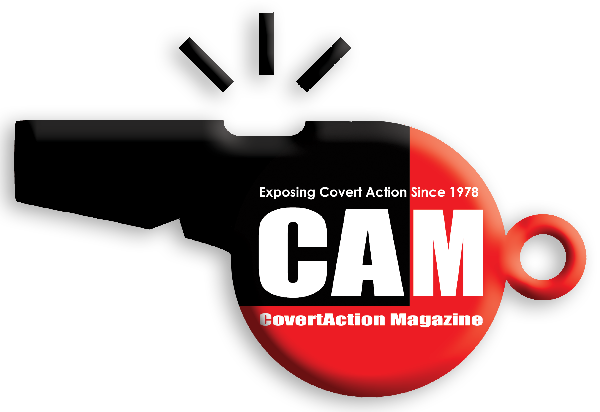


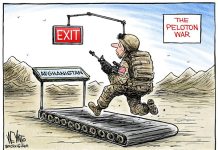

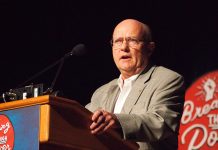


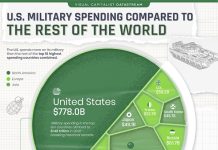

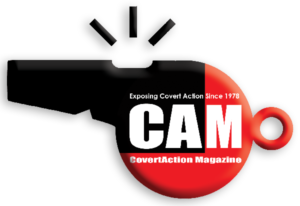
Thomas Friedman wrote an interesting article about Jimmy Carter.
https://www.japantimes.co.jp/commentary/2025/01/09/world/reagan-more-like-carter/
Thank you for that.
It was good.
Although Jimmy Carter’s 100 year year Report Card contains some legitimate negative comments, if I compare his good deeds with my own deeds, Jimmy has much much much more good deeds than myself. So I admire him even though his resume contains some blemishes as his good deeds far outnumber my own good deeds.
His bad deeds far outnumber his good deeds. None of the good deeds he had after he left public office make up for the vast carnage he was responsible for as President. You should care more about his bad deeds. I don’t know what kind of deeds you have but if you don’t have any blood on your hands like Jimmy Carter did you should be thankful.
Jimmy Carter did some good things for Indigenous people
https://www.mvskokemedia.com/president-carters-native-american-report-card/
Jimmy Carter helped to end the 1972 moratorium on the death penalty that the Supreme Court imposed in 1972:
“In 1973, while serving as governor of Georgia, Carter played an instrumental role in convincing the U.S. Supreme Court to lift the moratorium on the death penalty it imposed a year earlier. He did this by signing into law guidelines for applying the death penalty that met the court’s criteria for constitutional executions in the case Gregg v. Georgia in 1976. And with that case, the national moratorium on executions was lifted.”
(Death Penalty Focus website).
On 25 July 1980, President Carter signed Presidential Decision Directive 59 (PD59) that was designed to give presidents more flexibility in using nuclear weapons! Its title was “Nuclear Weapons Employment Policy.
In 1982, Carter welcomed President Reagan’s START proposals on strategic nuclear arms reductions. Unfortunately, the proposals had been written by Eugene Rostow and were almost certainly designed to be unacceptable to the Soviet Union. Although Reagan certainly did not like nuclear weapons, his knowledge of systems and deployments was virtually nil. And so, he would have not understood the problem. But Carter would have understood. So why he did not point this out is rather difficult to understand.
Carter was also a great admirer of Lyndon Johnson and joined forces with President Ford to denounce the History Channel for daring to show “The Guilty Men” which was episode 9 in the series “The Men Who Killed Kennedy.” The programme showed just some of the evidence that linked Johnson to the assassination. The History Channel promised not to show it again.
Six years earlier, in 1997, it was revealed that Ford, whilst serving on the Warren Commission, had changed the autopsy report on President Kennedy the effect of which was to make it look like he had only been struck from behind.
Yes, Carter did some good things after he ceased to be president but we should be careful not to overlook his full record.